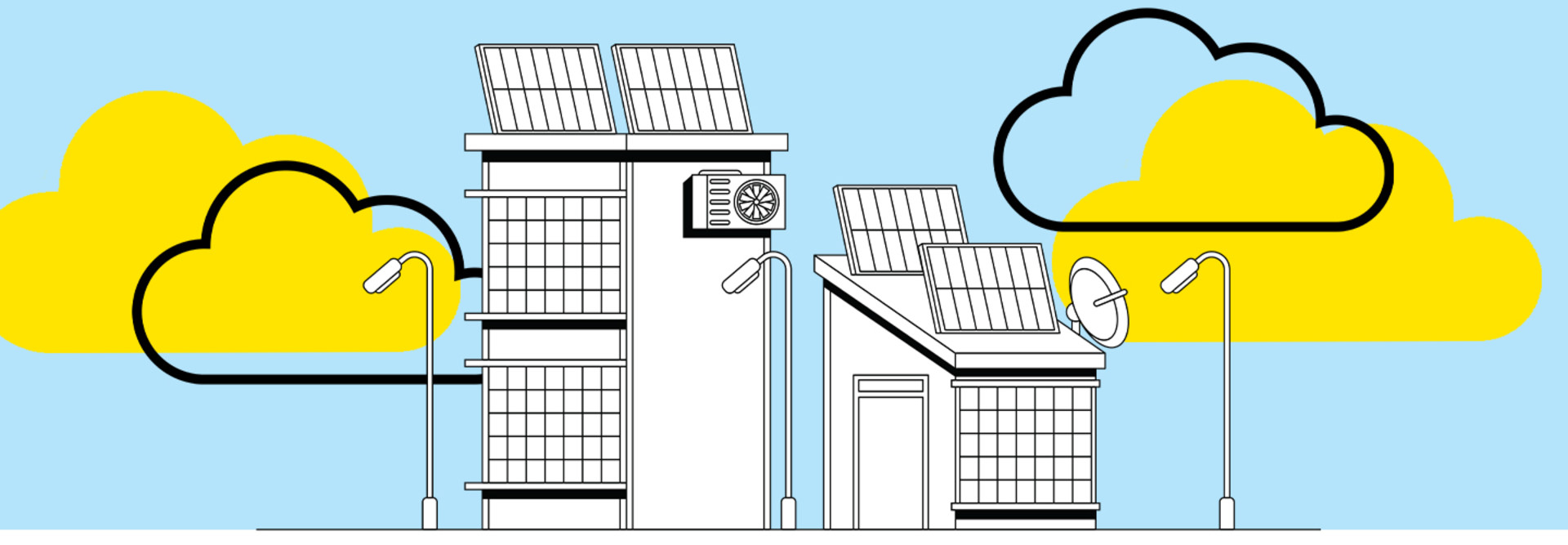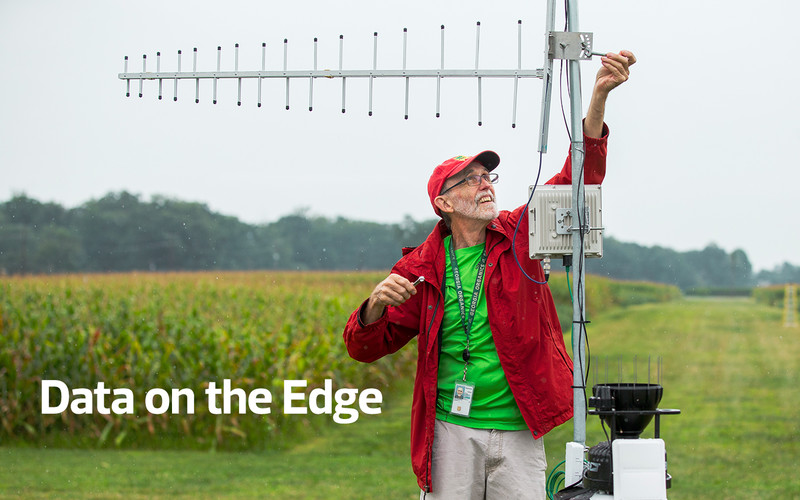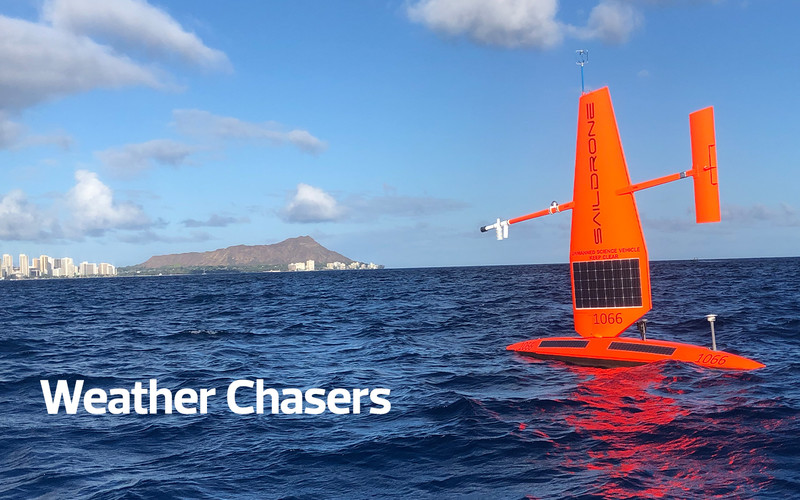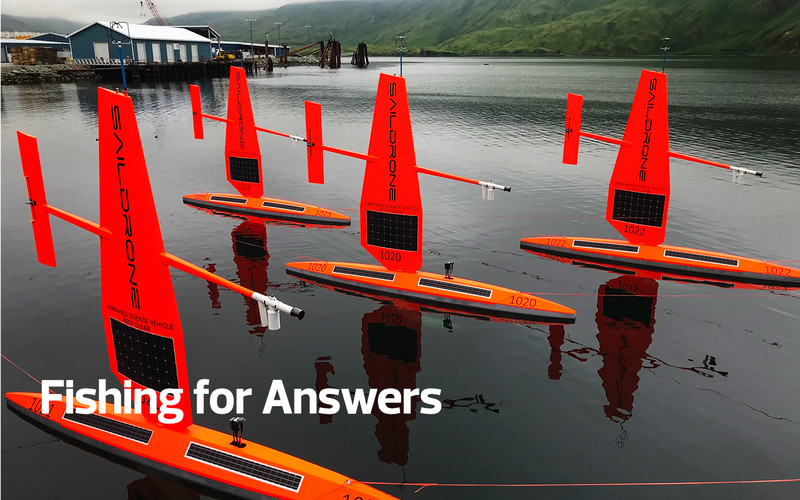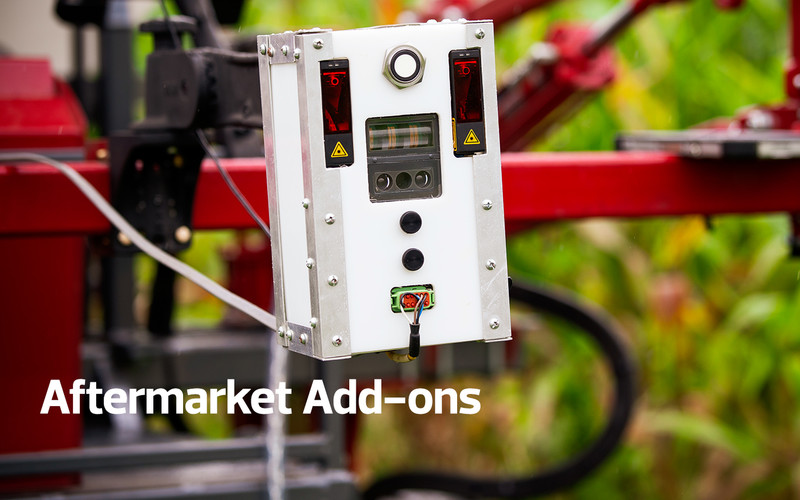“We assign a time stamp that indicates the moment water stress is detected and when the stress subsides, and that data is pushed into the cloud fast and cheap, instead of sending large images. Then we can analyze that data to better understand factors driving water stress and even inform and manage irrigation systems in real time.”
The ability to compute onsite has been a major advantage to the agency. Low-cost devices coupled with autonomous operation and computation provide the USDA with more specific information from a larger geographic area, even in hard-to-reach locations.
“To get precise information, we need to collect a lot of data. Edge computing allows us to deal with the complexity of biology while being precise with technology,” Mirsky says. “Ultimately, this leads to more sustainable practices.”
MORE FROM FEDTECH: How does edge computing enable a faster, more resilient government?
NOAA Leverages Cloud and Edge Tools for Its Mission
NOAA is also researching and employing a wide range of edge computing solutions, using nearly $13 million in funding to develop autonomous or remotely piloted vehicles such as the Saildrone as part of the agency’s unmanned systems program.
The agency has employed edge computing since its inception, gathering data from satellites and radar systems in the 1960s. With a mission that spans from the surface of the sun to the bottom of the sea, the use of edge computing is part of the agency’s DNA, says CIO Zachary Goldstein.
Now, NOAA is moving that legacy forward by adding artificial intelligence and cloud computing for greater efficiency. “Edge-to-edge computing is a big part of what we do. For example, we need fast sensor-to-action capabilities to trigger warnings for massive events like hurricanes, tsunamis, droughts or changes in the sea level,” says Goldstein. “With edge computing, we take data from sensors all over the world as well as space.
“Because we process some of the data on the edge, we can more efficiently send it to our supercomputers. Then, using the cloud, we disseminate it back to the edge to forecasters all over the world who feed the data into their own models for accurate local information.”
The agency uses Amazon CloudFront, Microsoft Azure and Akamai, among others, to power its edge computing efforts. Goldstein is eager to see what NOAA can do with additional edge computing tools in the future.
“As we improve things on the edge, we also have to look at the architecture of the whole system,” he says. “The more you spread out the power and speed it up, the more you have to optimize system management. The faster you can turn an observation into a forecast the better, because the object is perishable — the storm has moved on.”



